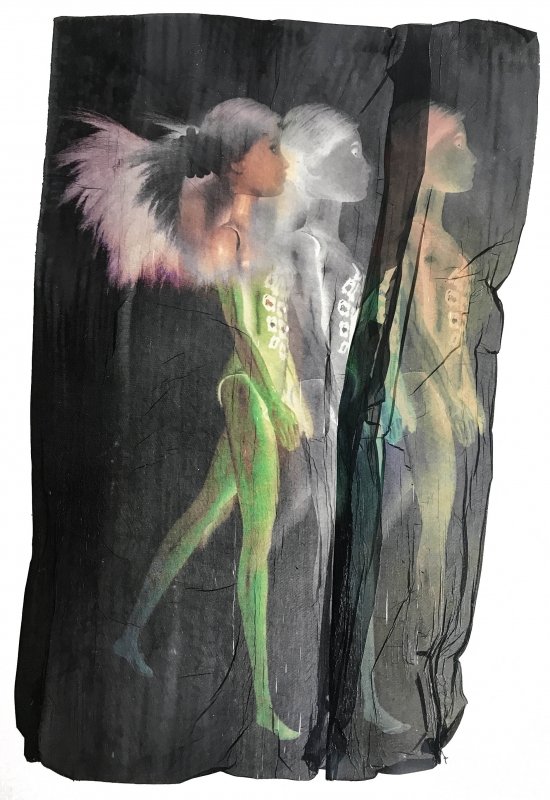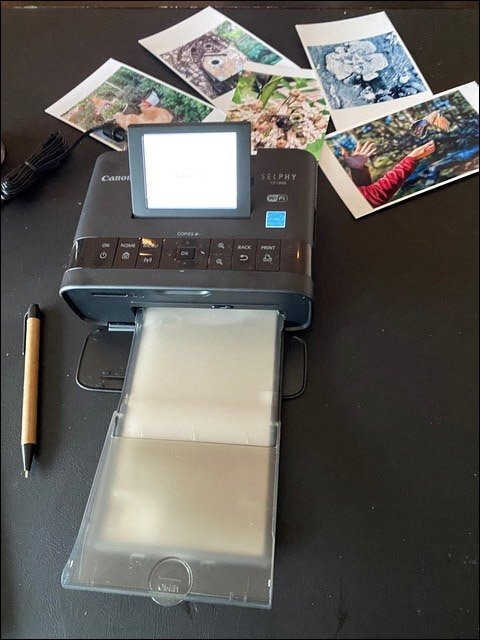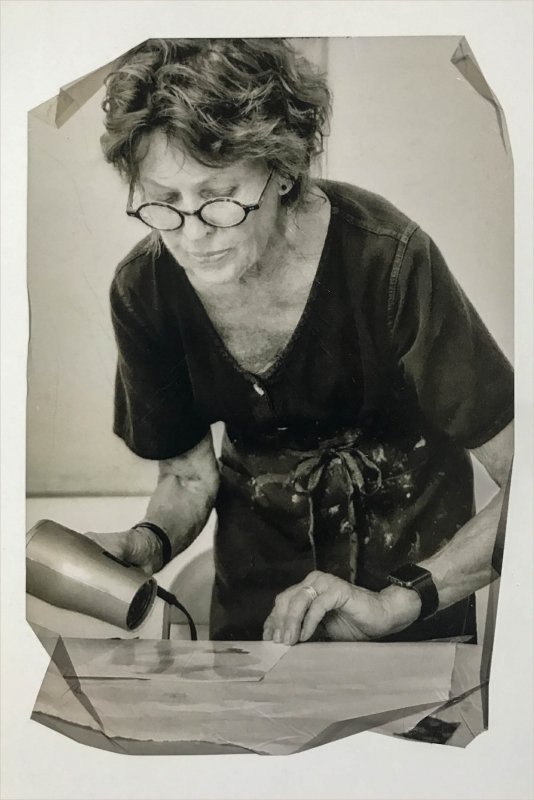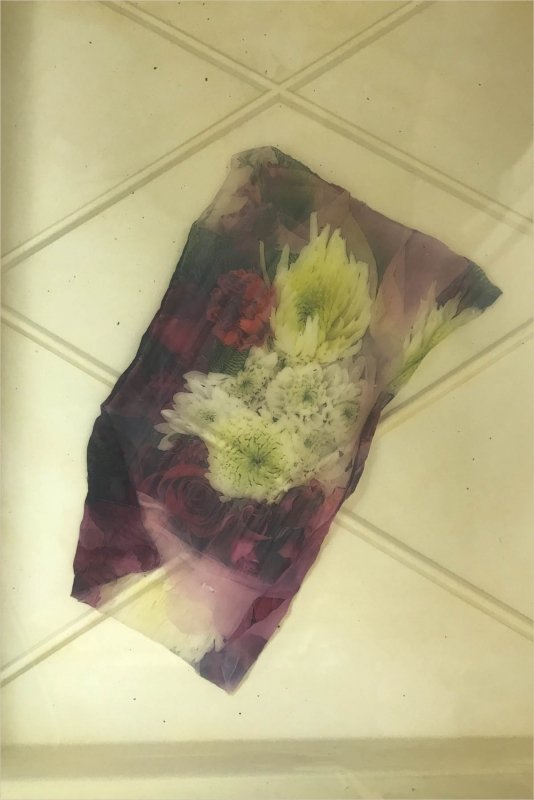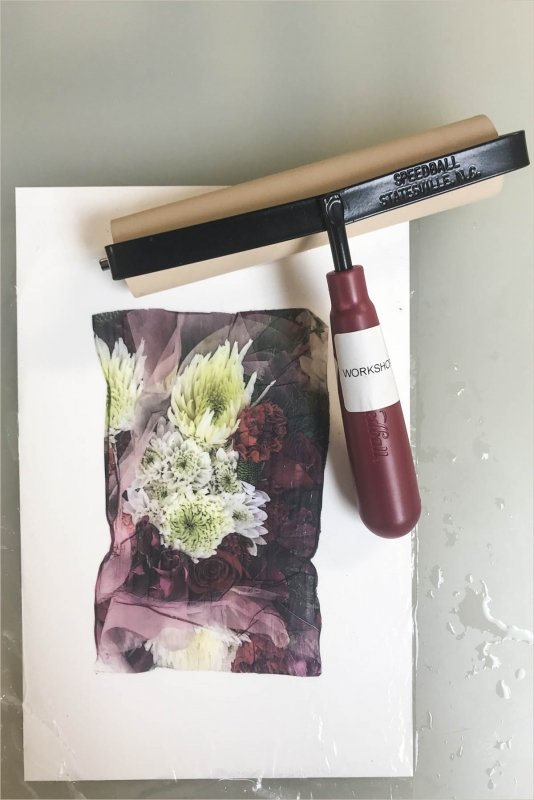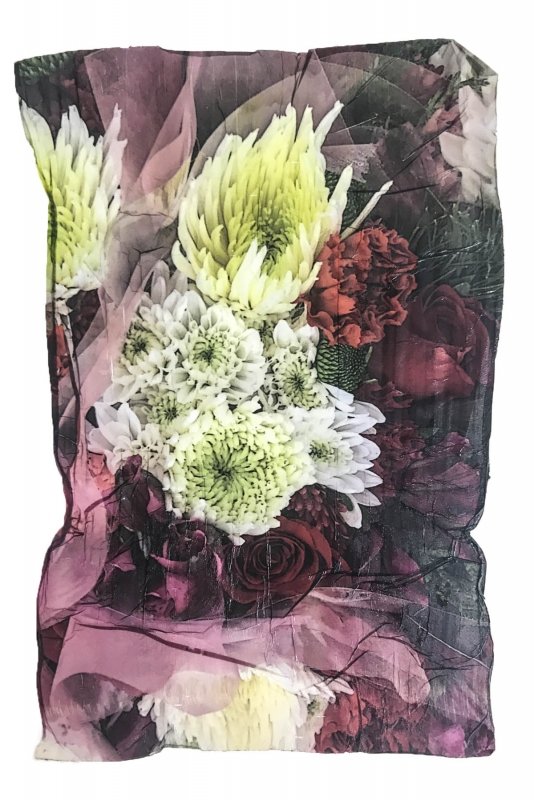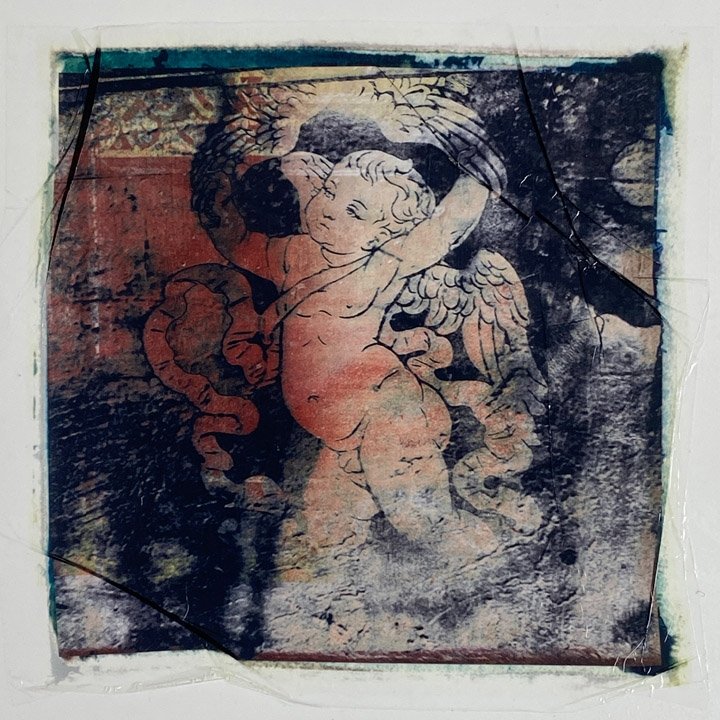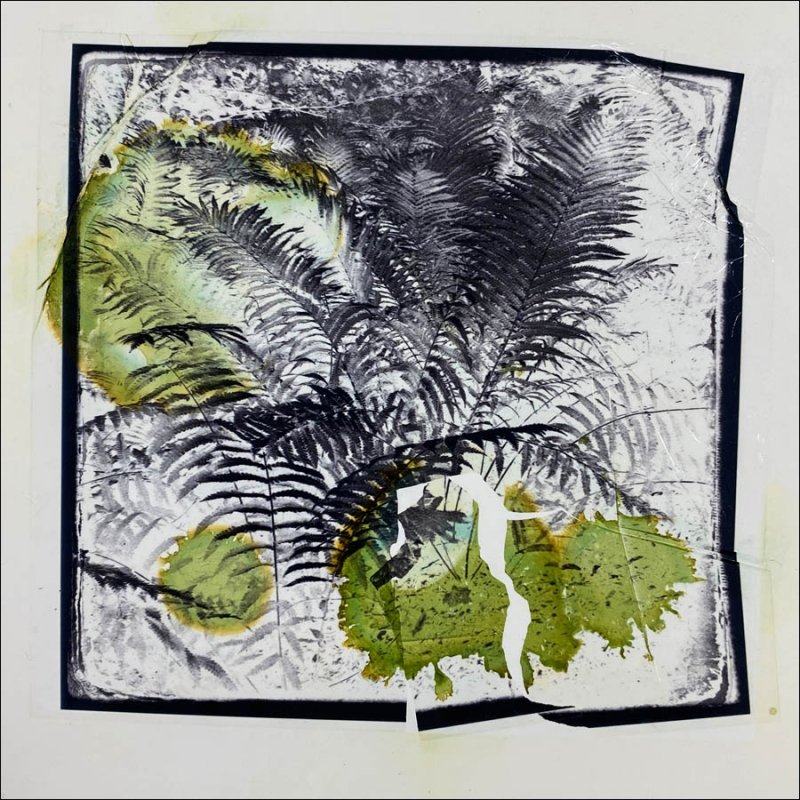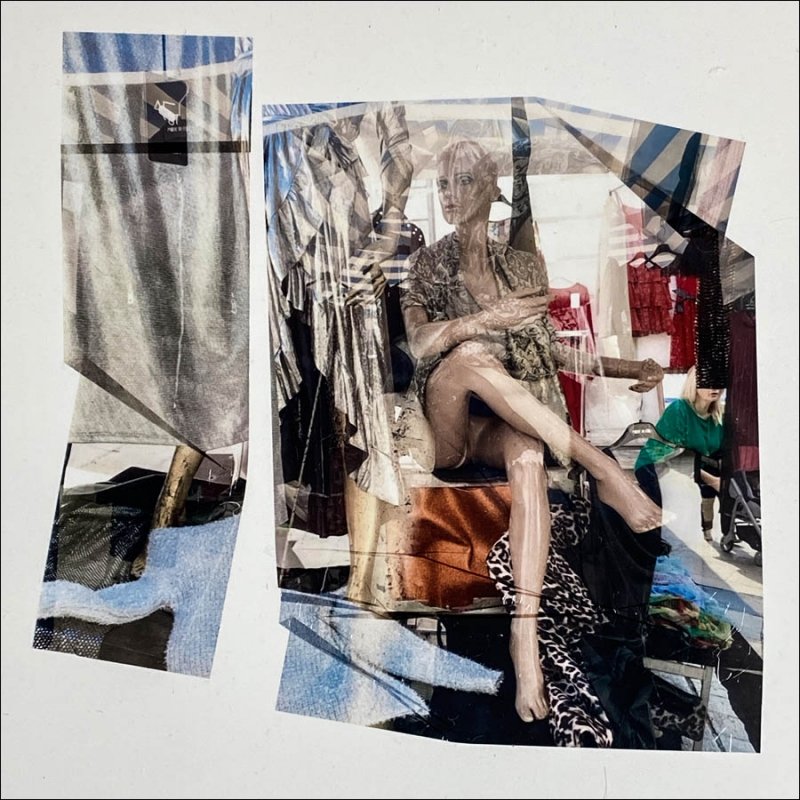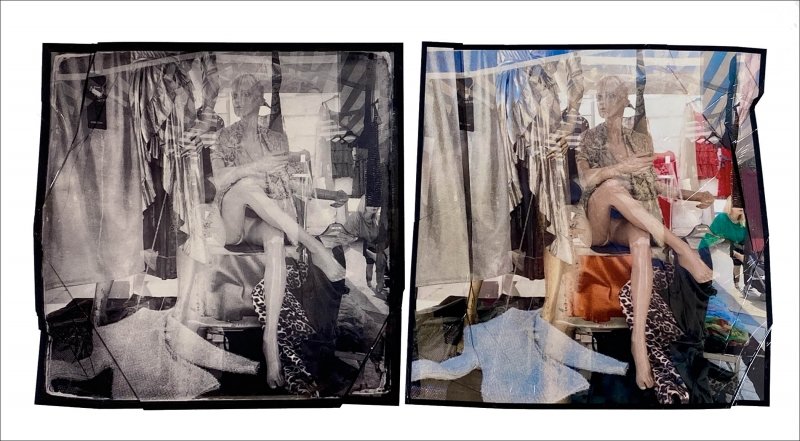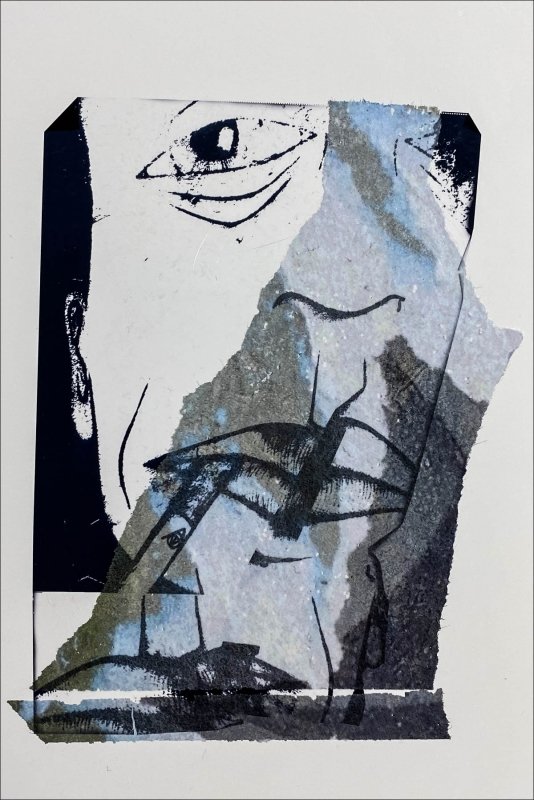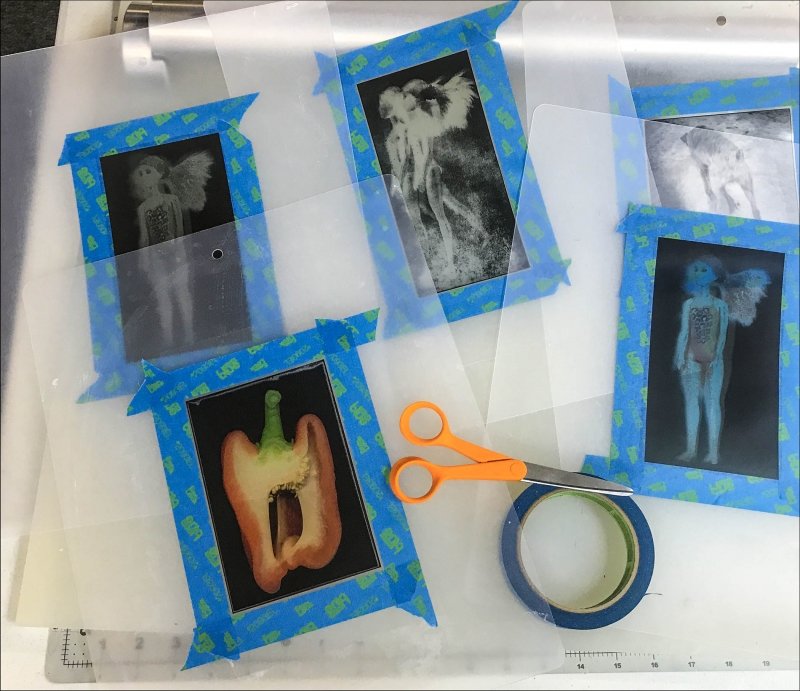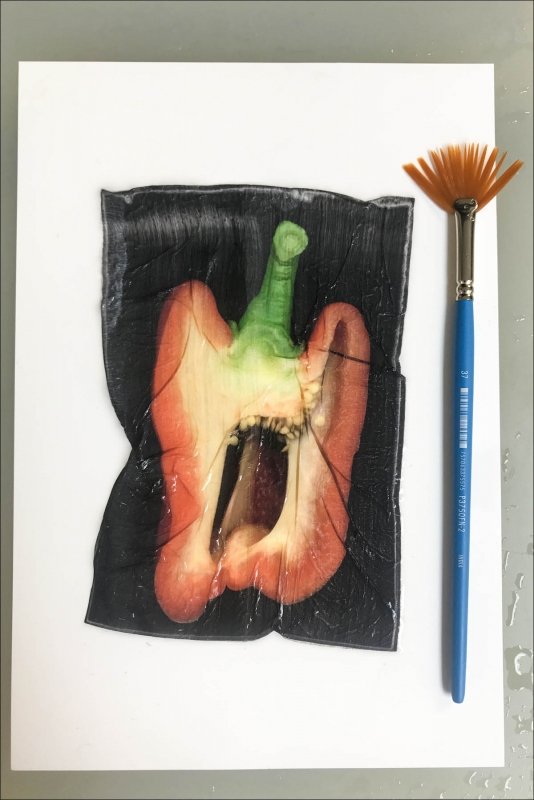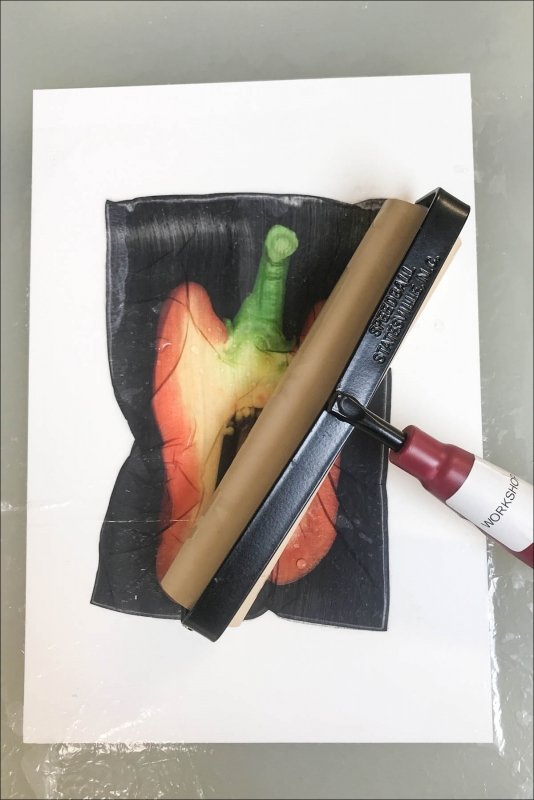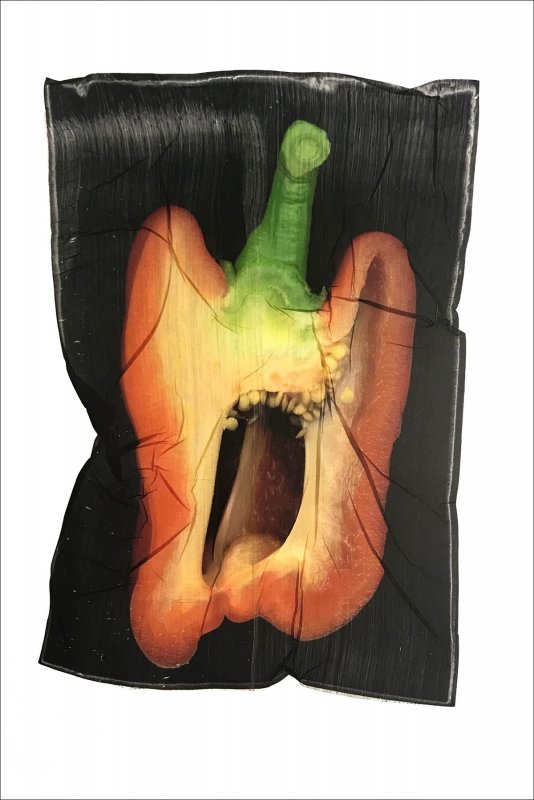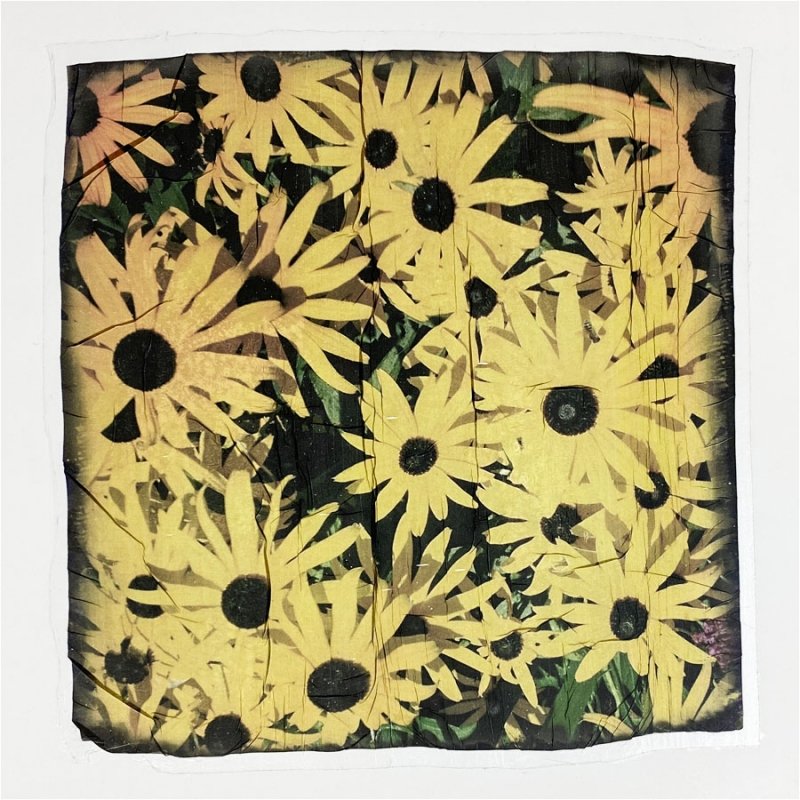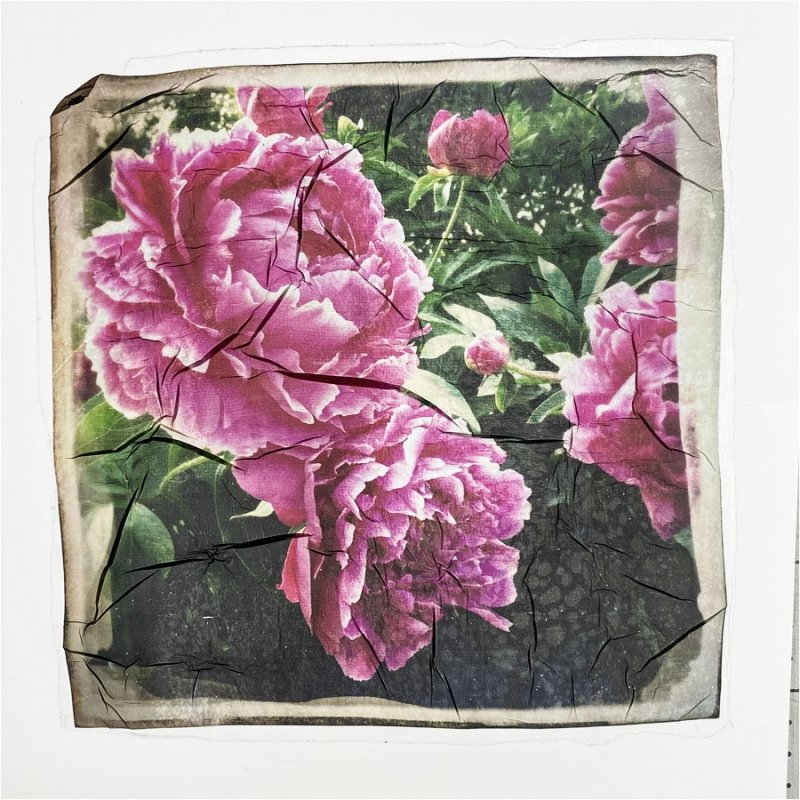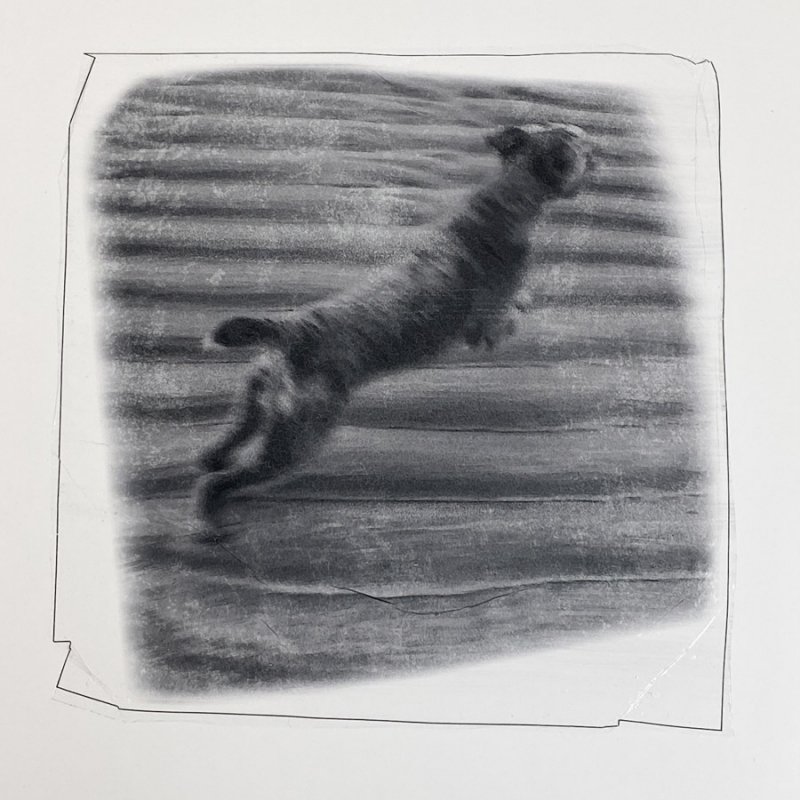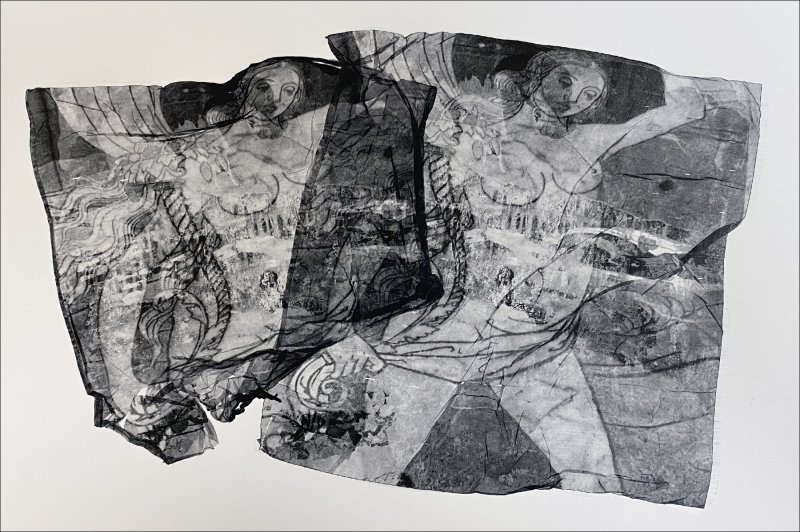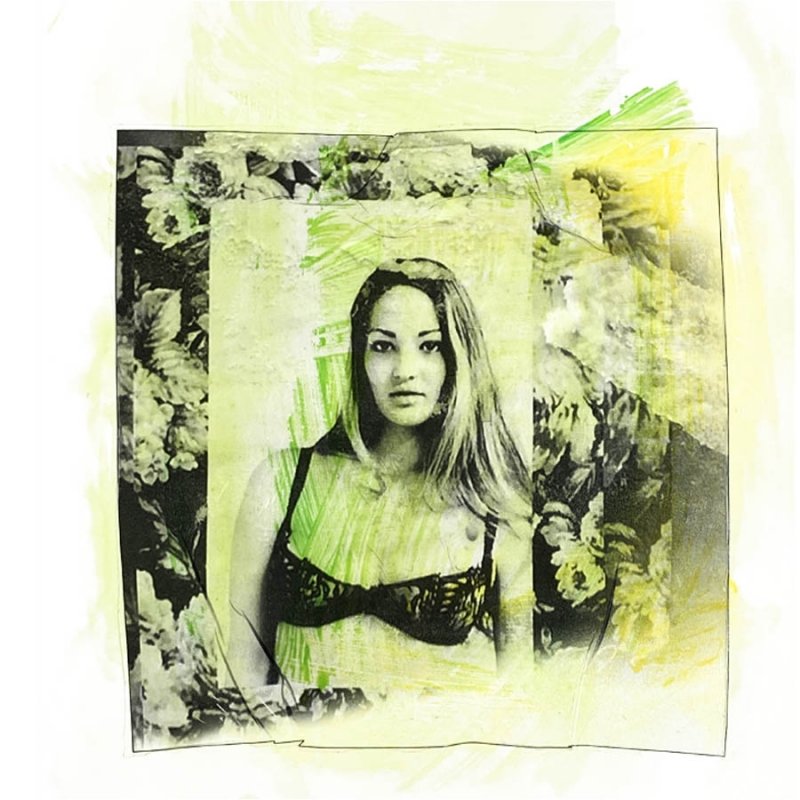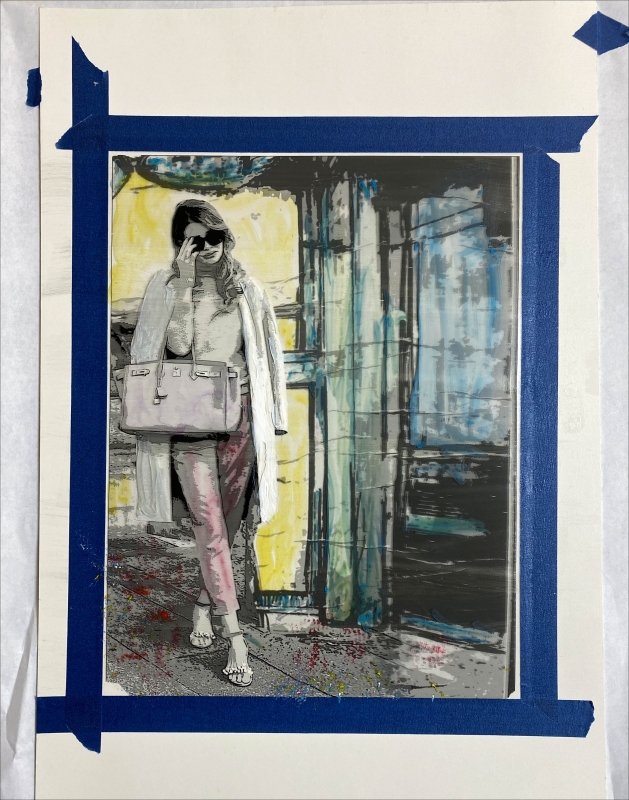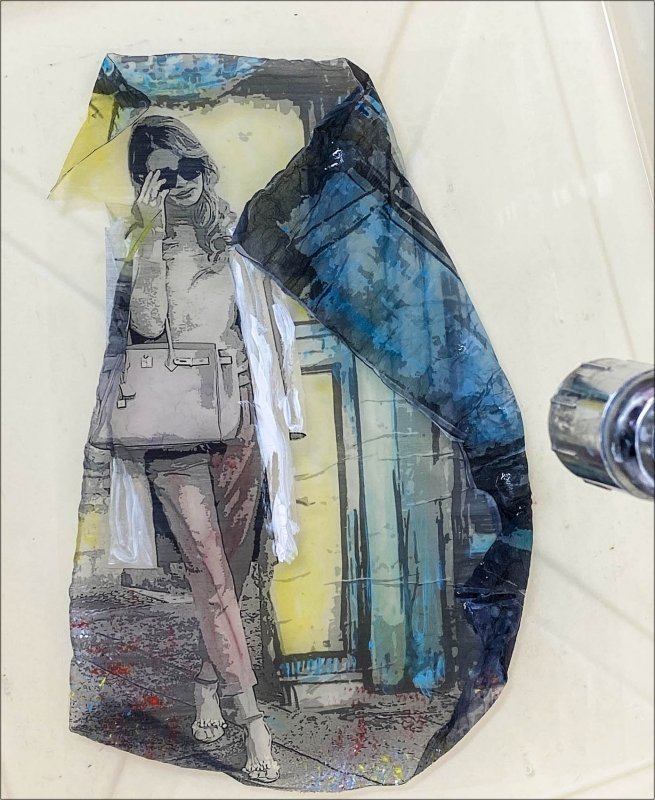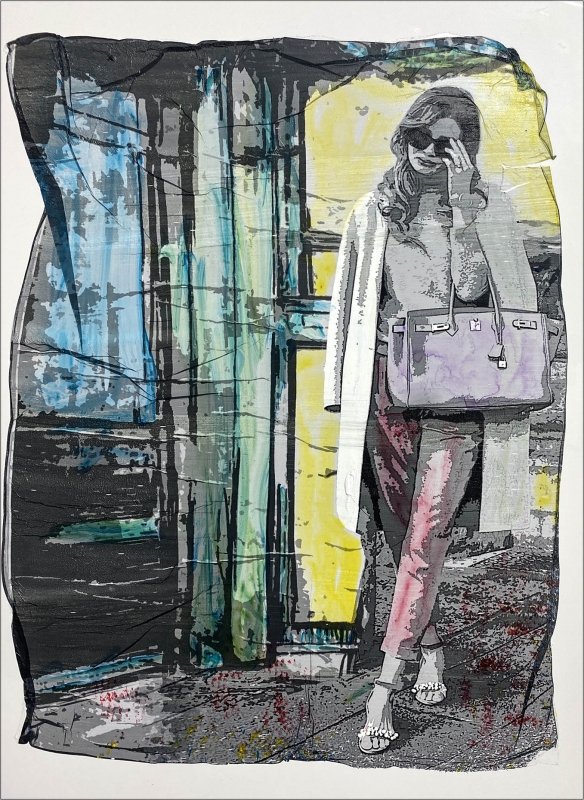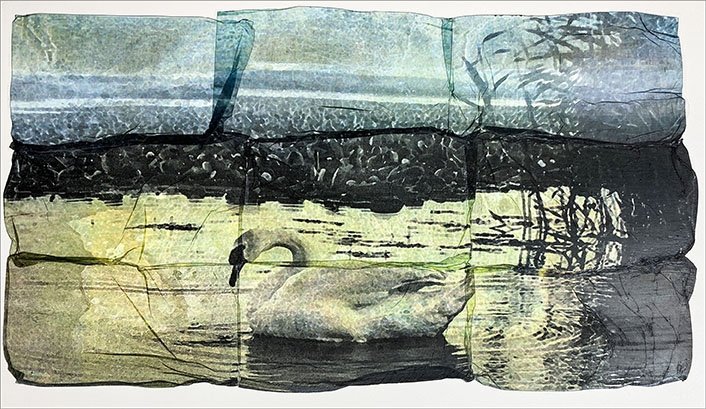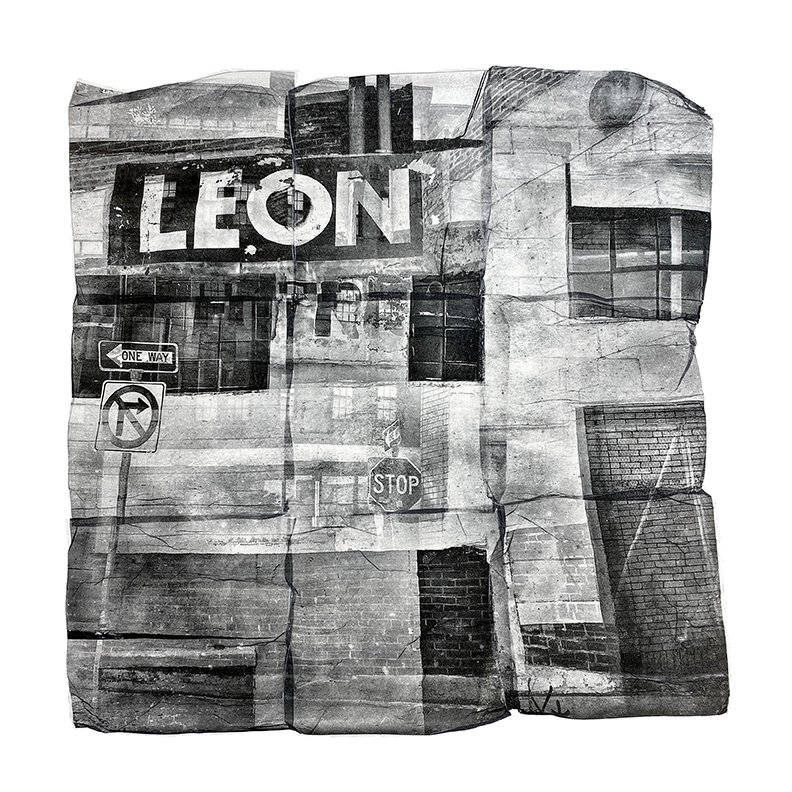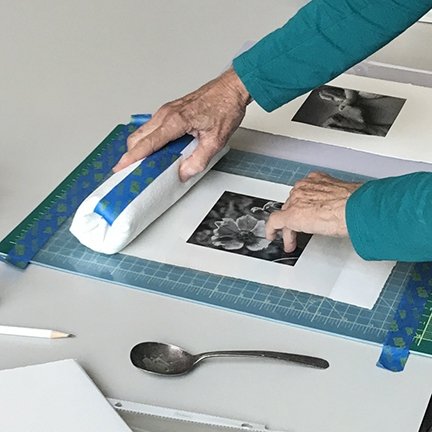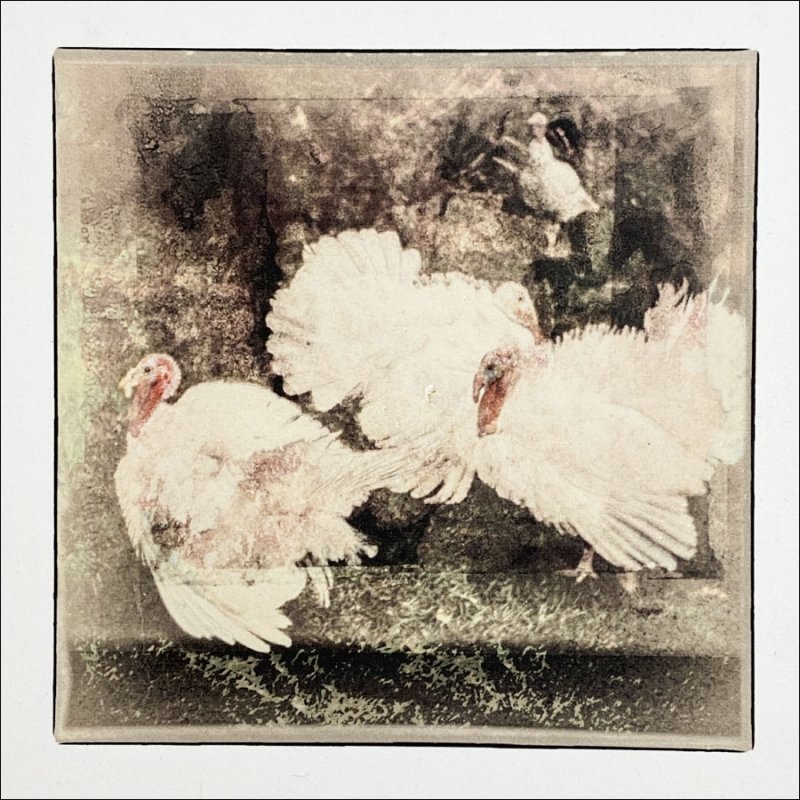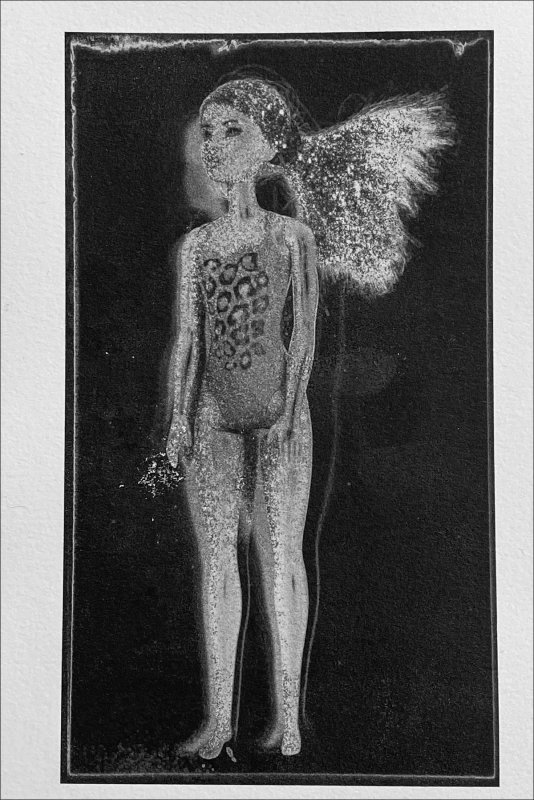Photo Transfers and Emulsion Lifts 2020 Workshop information
Thu, February 27, 2020
Background: In the 1940s, Polaroid patented the instant camera with self-developing film. The Polaroid® image transfer process was discovered accidentally by a technician who left a developed dye carrier (negative) facedown on a white surface. Imagery transferred onto Arches paper had a muted quality with characteristic chemical borders.
The alternative method of floating a throw-away (positive) side of the 669 film created unique fluid emulsion lift-offs. Daylab engarger prints were limited to 3 x 4 inches. Polaroid ended manufacture of its film in 2008, but today’s digital methods of making transfers and emulsion lifts mimic outdated Polaroid® processes.
Bonny Pierce Lhotka www.bonnylhotka.com wrote in her introduction to Hacking the Digital Print: …this book (is) for artists and photographers who enjoy serendipitous discoveries—those intuitive accidents that lead to new discoveries and possibilities.
Workshops cover methods I’ve learned from her writings, shared videos, and a lot of trial and error self-education. I use materials she has developed for these processes: Canon Selphy emulsion lifts, DASS™ film/SuperSauce™ emulsion lifts, and DASS™ film gel transfers.
Registration information:Cotuit Center for the Arts: www.artsonthecape.org: 2 classes: Sat Mar 21, 10AM—3PM and Sun Mar 22, 12—5PM Cotuit Cotuit Center for the Arts
Truro Center for the Arts at Castle Hill: www.castlehill.org: 3 classes: Mon Jun 15—Wed Jun 17, 12PM—4PM
